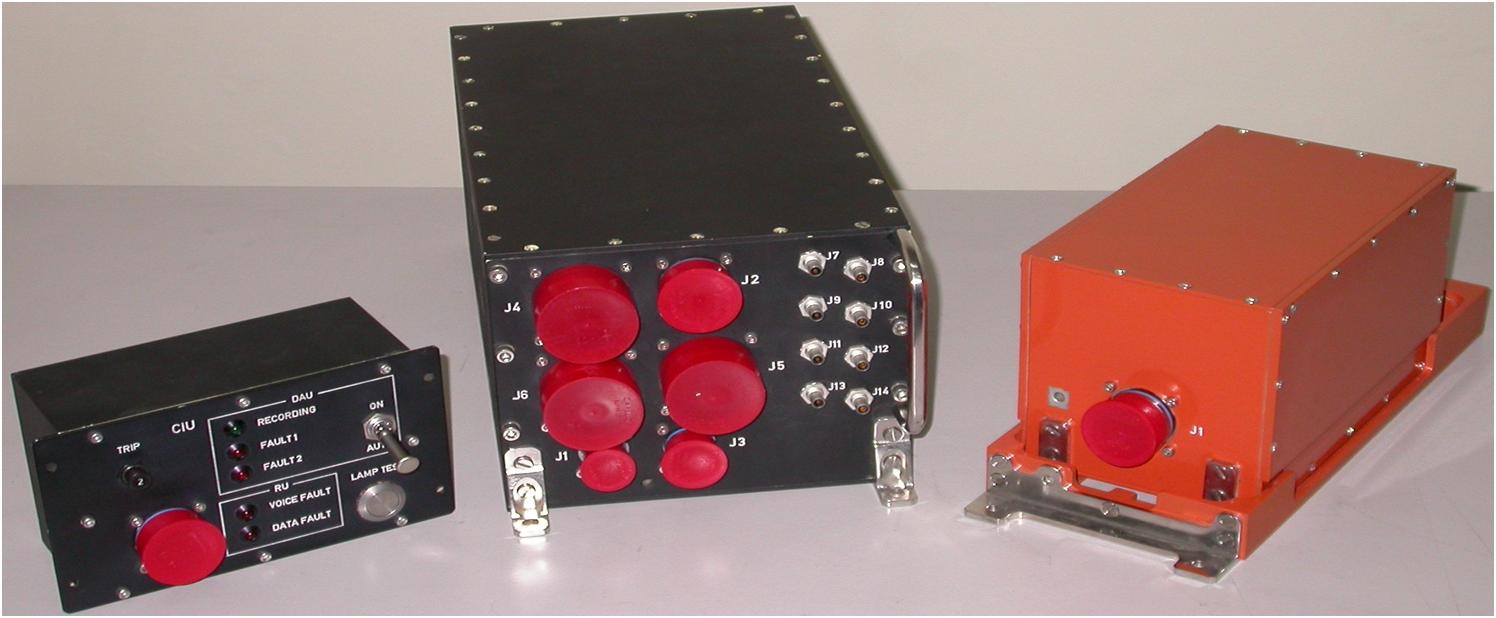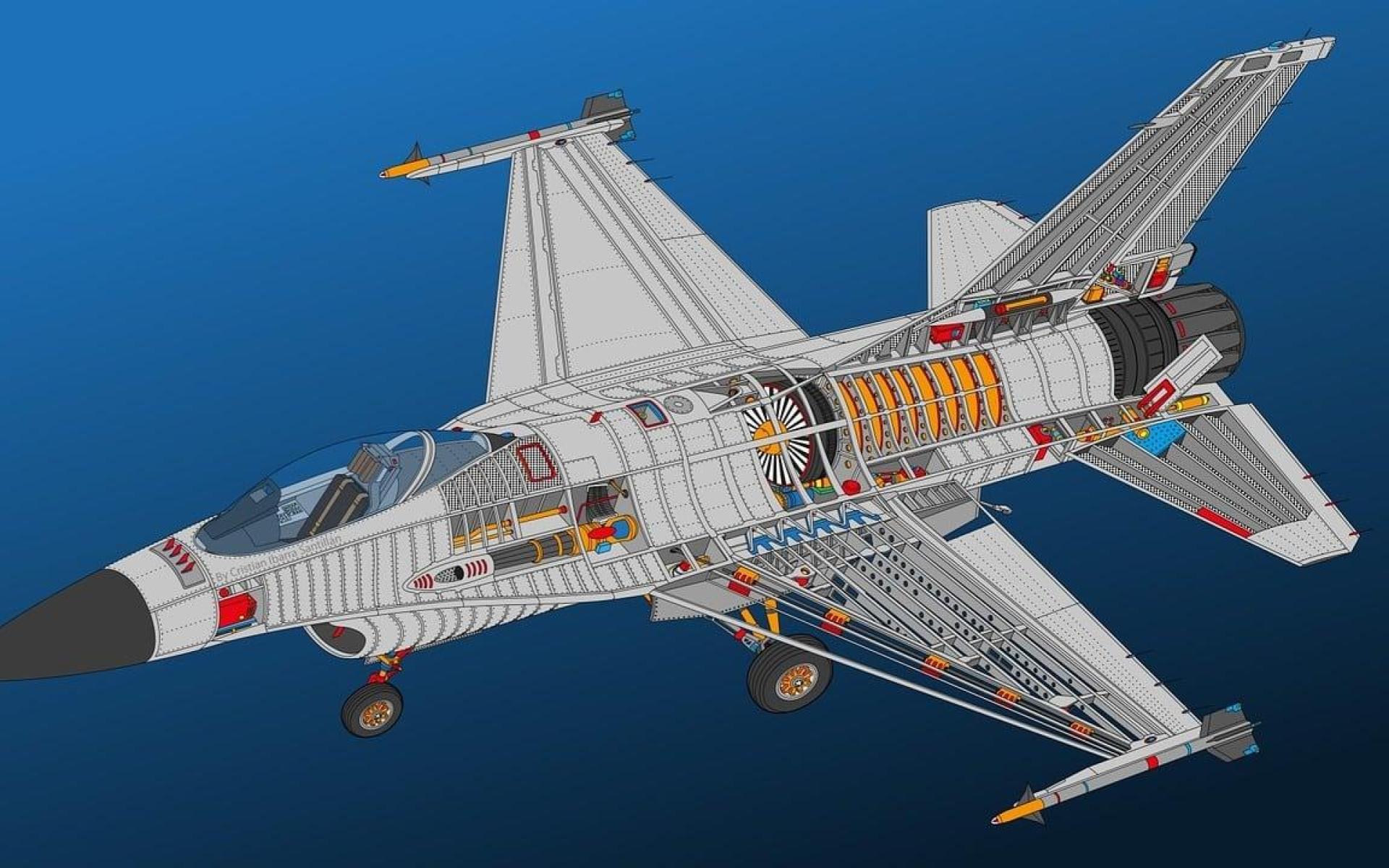Exploring ARINC-429 Applications: this paper delves into the diverse range of applications where ARINC-429, a widely used protocol in avionics systems, finds its utility. ARINC-429 plays a crucial role in various aspects of aviation, from flight control systems to engine monitoring. By exploring its applications, this paper aims to highlight the significance of ARINC-429 in enabling efficient and reliable data communication in the field of avionics.

Introduction
ARINC-429, developed by the Aeronautical Radio Incorporated (ARINC), is a digital information bus protocol extensively utilized in avionics systems. It provides a standardized and efficient means of data communication between various avionics equipment. This white paper aims to explore the diverse applications of ARINC-429, shedding light on its importance in avionics systems.
Flight Control Systems
One of the primary applications of ARINC-429 is in flight control systems. ARINC-429 allows for the seamless exchange of critical flight data, such as airspeed, altitude, attitude, and navigation information, between the aircraft’s flight control computers and sensors. This ensures accurate and reliable control of the aircraft, contributing to safe and efficient flight operations.
Engine Monitoring
ARINC-429 plays a vital role in engine monitoring systems, enabling the transmission of critical engine parameters and diagnostic information. Data such as temperature, pressure, fuel flow, and vibration levels are continuously communicated between the aircraft’s engine control unit and monitoring instruments via ARINC-429. This real-time monitoring assists in detecting anomalies, optimizing engine performance, and ensuring early fault detection for maintenance purposes.
Weather Radar
ARINC-429 is extensively utilized in weather radar systems. Weather radar equipment captures meteorological data such as precipitation, wind shear, and turbulence. ARINC-429 facilitates the transfer of this data to the aircraft’s avionics systems, enabling pilots to monitor weather conditions and make informed decisions regarding flight paths and altitude adjustments to ensure passenger safety and comfort.
Aircraft Communications and Addressing Systems (ACARS)
ARINC-429 is a foundational protocol in the Aircraft Communications and Addressing Systems (ACARS). ACARS utilizes ARINC-429 to exchange a wide range of data, including text messages, weather updates, flight plans, and performance data, between the aircraft and ground-based systems. This communication is vital for operational coordination, fuel efficiency, and enhancing the overall efficiency of airline operations.
Display Systems
ARINC-429 enables the transfer of critical data to display systems in the cockpit and cabin. Pilots rely on accurate and up-to-date information displayed on Primary Flight Displays (PFDs), Multi-Function Displays (MFDs), and Electronic Flight Bags (EFBs) to make informed decisions during flight. ARINC-429 ensures the smooth and timely transfer of this data, enhancing situational awareness and flight safety.

Flight Data Recorders (FDRs)
ARINC-429 is utilized in Flight Data Recorders (FDRs), commonly known as “black boxes.” FDRs capture and record a wide range of flight parameters, including flight control inputs, engine parameters, and navigation data. ARINC-429 allows for the transmission of this recorded data to ground-based systems for post-flight analysis, incident investigation, and improving flight operations.
Conclusion
ARINC-429 plays a critical role in a wide range of applications within avionics systems. Its standardized and efficient data communication capabilities enable reliable and accurate transmission of crucial information in flight control systems, engine monitoring, weather radar, ACARS, display systems, and flight data recorders. The utilization of ARINC-429 contributes to the overall safety, efficiency, and performance of aircraft operations.
Understanding the diverse applications of ARINC-429 is essential for avionics engineers and system designers, as it enables informed decision-making during the design and implementation of avionics systems. By leveraging the capabilities of ARINC-429, aviation professionals can enhance safety, improve operational efficiency, and ensure a seamless experience for passengers.
References:
ARINC-429: Avionics Digital Information Bus, ARINC Specification 429, Aeronautical Radio Incorporated (ARINC), 2018.
Thomerson, T. L. (2014). ARINC 429: An Avionics Data Bus. NASA/TM—2014-218940.
Albertazzi, G., Nuzzolo, F., Pascucci, R., & Scotti, F. (2019). A Multilayer Approach for Assessing Security Threats in ARINC 429 Based Avionic Systems. Sensors, 19(3), 609.
Machado, L., Pinto, J., & Ferreira, J. (2016). ARINC 429 Implementation in an FPGA. Procedia Computer Science, 83, 248-255.
Bender, S., & Bacic, A. (2016). ACARS Flight Data Link Message Communications Using Different Protocols. 2016 24th Telecommunications Forum (TELFOR).





